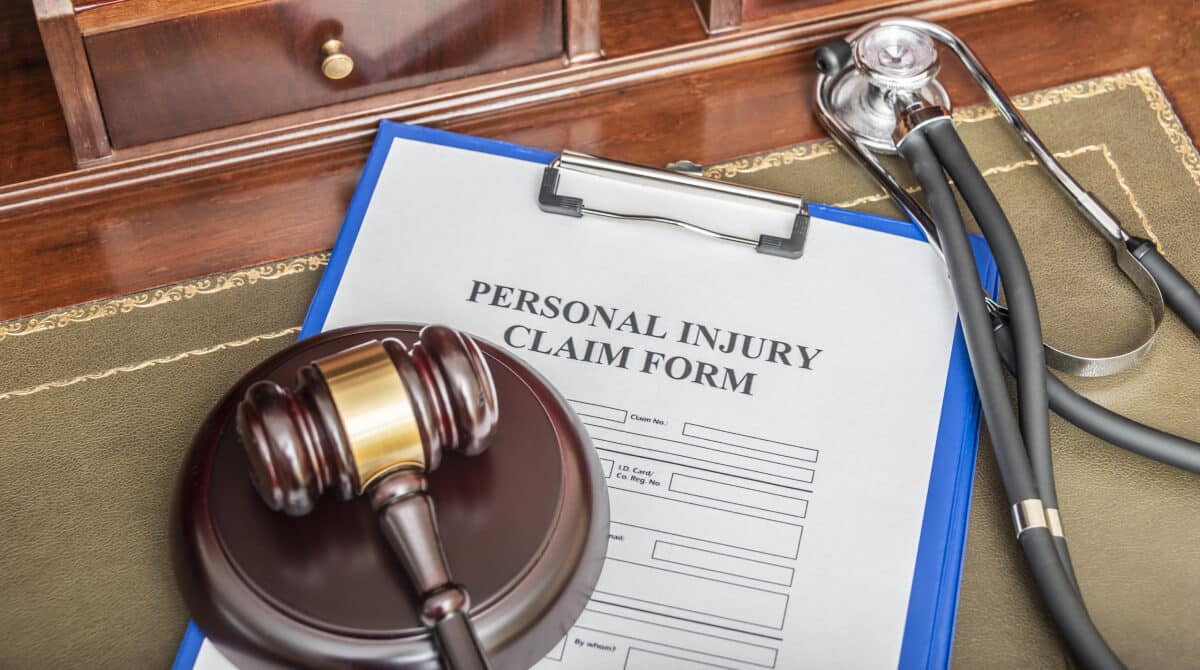What Are the Steps Involved in Mediation for a Personal Injury Claim?

When it comes to personal injury disputes, people often contemplate intense legal battles in courtrooms, with lawyers arguing their cases passionately before the judge and jury! However, besides court trials, various other alternatives are available to resolve these disputes peacefully. One of which is Mediation, offering a less adversarial and more collaborative approach to resolving legal disputes, including personal injury cases. Let’s walk you through this comprehensive blog to get an inside scoop on the steps involved in Mediation.
Demystifying Mediation For a Personal Injury Case
A conspicuous understanding of how mediation works and the process involved is imperative, ultimately assisting you in adequately preparing for it. Nevertheless, it’s always best to engage an experienced personal injury lawyer in Sacramento to handle the case right from scratch. They know the ins and outs of how these lawsuits work.
• What is Mediation
Mediation is an Alternative Dispute Resolution (ADR) wherein parties involved in a legal dispute collaborate with a neutral third party, the Mediator, to settle outside of court. Unlike litigation, which may be time-consuming and expensive, mediation tends to promote open conversation and compromise in a quest for a mutually satisfactory solution.
• Step-by-Step Guide to Mediation
-
Preparing for Mediation
-
Hiring Legal Representation
-
Gathering Evidence and Documentation
-
Initial Consultation
-
Scheduling and Settling Ground Rules
-
Choosing a Mediator
-
Setting the Date and Location
-
Establishing Ground Rules
-
Opening Statements
-
Introduction
-
Parties’ Statements
-
Joint Discussions and Caucuses
-
Joint Discussions
-
Private Caucuses
-
Negotiation and Settlement
-
Negotiation Phase
-
Reaching Settlement
-
Finalizing the Agreement
-
Documentation
-
Review and Sign
-
Post-Mediation Follow Up
-
Implementation
-
Closure
Both parties typically engage the services of experienced legal professionals, such as a personal injury mediation lawyer or an expert auto accident lawyer in Sacramento if it’s a car collision case, to represent their interests during mediation.
Before the mediation session, your attorney will gather relevant evidence, including medical records, accident reports, and other documentation supporting your claim.
You’ll meet with your attorney to discuss your case’s strengths, weaknesses, and potential settlement goals, helping you prepare for mediation.
A mediator, often selected jointly by both parties or appointed by a mediation service provider, facilitates the negotiation process without being biased.
A suitable date, time, and location are set after obtaining mutual consent by both parties for the mediation session, usually held in a neutral venue.
The mediator describes the mediation’s code of conduct, emphasizing confidentiality, polite communication, and the need for voluntary involvement.
At the outset of the mediation session, the mediator introduces themselves and describes the mediation process, underlining the objective of obtaining a mutually accepted agreement.
Backed by an experienced personal injury mediation lawyer, each party presents their perspective on the matter, highlighting crucial facts, damages, and desired results.
The mediator facilitates discussions where both parties can address their concerns, ask questions, and explore potential solutions cohesively.
The mediator conducts private sessions or caucuses, with each party separately to converse confidential information, evaluate offers, and present settlement ideas.
Through continued discussions and negotiations guided by the mediator, parties may exchange settlement offers, counteroffers, and concessions to bridge the gap between their positions.
If both parties agree on the terms, they formalize the settlement agreement, which includes the details of compensation, liability releases, and any other pertinent elements.
Attorneys draft a formal settlement agreement based on the terms agreed upon during mediation, ensuring clarity and legal enforceability.
Both parties review the agreement with their attorneys, making any necessary revisions before signing the final document.
After signing the settlement agreement, the parties meet their respective duties, such as paying compensation or doing other agreed-upon measures.
The parties can move ahead after resolving their personal injury claim through mediation, avoiding the risks and expenses involved with extended litigation.
Final Thoughts
Mediation in a personal injury claim is a productive and effective way to resolve conflicts while maintaining relationships and lowering litigation costs. Parties can successfully navigate the mediation process and reach a fair and satisfying settlement by following the steps described and harnessing the knowledge of legal professionals.
